Old battles celebrated in Swiss streets
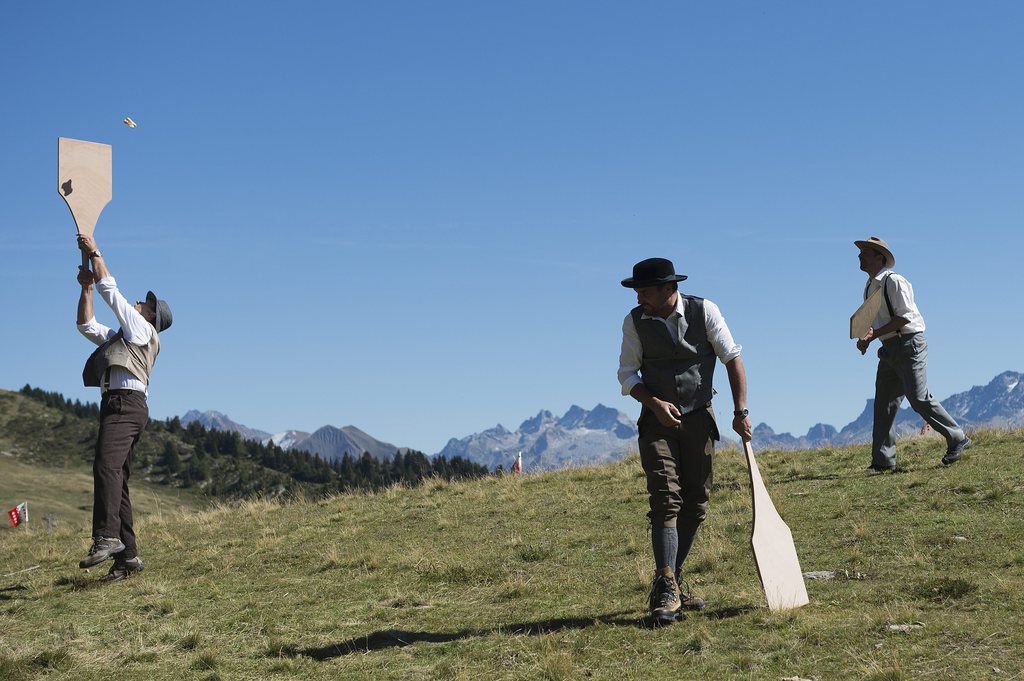
Over the past two years Switzerland has been getting to grips with its “living traditions”, deciding which ones deserve a place on a national list that meets Unesco requirements.
All signatories to the Unesco Convention for the Safeguarding of Intangible Cultural Heritage are obliged to make such a list.
Ethnologist Ellen Hertz of Neuchâtel University, one of the leaders of a research project looking into the approach Switzerland has taken in fulfilling this obligation, told swissinfo.ch of the thinking behind it.
“Switzerland, like other countries, is trying to stem the tide of what they feel is homogenisation through globalisation. Stepping back, when we look at this whole list, one of the things to say is: ‘What is it that allows people to feel rooted to where they are, and not swept up in a tide of McDonaldisation?’”
swissinfo.ch went to visit two customs, both of them on the list, and both celebrating anniversaries in 2012, to see what they mean to those who practise them.
Woman power
In January the women of the villages of Fahrwangen and Meisterschwanden in the northern canton of Aargau held the Meitlisunntig – Girls’ Sunday – which commemorates an incident in the Vilmergen War of 1712.
The war pitted the Catholic and Reformed cantons of Switzerland against each other; the women are said to have marched through the woods making a tremendous din which frightened off the much larger Catholic army. As a reward, the local lord granted them three days in which they had the right to rule over men.
But even the organisers are not sure what is true and what is a legend. It is probably no coincidence that the Meitlisunntig associations which oversee the events in the two villages were founded in 1912, a time when the fight for women’s rights was gathering strength all over the world.
Wherever the truth lies, it’s a festival held with great enthusiasm. The women hunt down men, catching them in big nets. They invite them to dance and offer them a drink – but then the men have to buy their freedom at the next restaurant.
The basic idea has remained the same, but attitudes have changed, as Andrea Sandmeier, president of the Fahrwangen organising committee, told swissinfo.ch. The men weren’t always so keen.
“My mother-in-law used to go to the parade and party with her friends when she was young. But after she got married and had children, the party was over. She didn’t have time – but also her husband didn’t want her to go.”
Sandmeier herself is a mother of two grown-up children, who works part time – and who says Swiss women must still be ready to fight for their rights.
Fact or fiction?
A very different war exactly 100 years later is remembered by the Historic militias of the Blenio Valley in the Italian-speaking canton of Ticino: Napoleon’s disastrous Russia campaign of 1812, and in particular the battle at the Berezina river.
On the weekend of their respective village’s patron saint, the men of Leontica, Aquila and Ponto Valentino, dress up in army uniform and process through the streets with drums and fire off their rifles (using blanks!).
It is said that men from the valley took a vow to hold such a commemoration if they returned safely from the war. But recent research has indicated that very possibly no-one from the region was actually at the battle.
Damiano Robbiani, of the Lugano city archives, is one of the authors of a new book about historic militias. He told swissinfo.ch that there were similar processions all over Ticino in the early 19th century, with no story of a vow attached.
“They were just proud to wear a uniform at mass and for the village’s religious festival,” he explained. It was part of the canton’s new-found identity after centuries during which different parts had been ruled by various cantons of German-speaking Switzerland.
Eduard Nolli is the commander of the militia of Ponto Valentino, and accepts that it is hard to know exactly what happened. But it doesn’t really matter.
“The militia was born out of something, and we want to carry on with it,” he said.
The tradition is very much alive. When Nolli started, aged 13, there were 39 members; now there are 60 – so many that they barely fit into the village church.
In Leontica the ages of those parading ranged from eight to 72. Denys Gianora, chairman of the Leontica militia, which he joined 45 years ago, isn’t worried either about the latest findings.
“Historians have their theories, I have mine. There are 40 of us, a total of 120 people in the three groups – I don’t think it’s come from nowhere.”
Drummer Delio Baretta, was born in Leontica, has worked as a chef all over the world and now lives about 60 kilometres away. With few jobs in the villages, he is by no means the only one forced to move out to find work. That is one reason why the tradition is so important to him – and why it is of no consequence whether the story of the vow is true or not.
“It’s the highlight of the year for me. It reminds me of my youth, when I started in 1975. It’s always very nice for me to come back, and meet the people I went to school with. It’s like going back in history,” he said.
The tradition is simply “inbred” in the people born in Leontica, and that is all that matters, he explained.
Hertz pointed out that as far as anthropologists are concerned, a huge amount of human behaviour is traditional, in that much of what we do is based on what those before us have done.
“So why do some things get singled out as particularly interesting activities, and those are labelled ‘traditions’, and other things are just taken for granted, either because they are not menaced, or just disappear – like writing letters?”
Perhaps the women of Fahrwangen and Meisterschwanden and the men of the Blenio Valley could suggest an answer.
The Meitlisunntig (Girls’ Sunday), also known in German as Meitlizyt or Meitlitäg, is held in the two villages of Meisterschwanden and Fahrwangen in canton Aargau.
It spreads over three days around the second Sunday in January: Thursday, Sunday and Monday.
The local lord is said to have granted to the women of the two villages the right to rule over their menfolk for three days in recognition of their help in putting the enemy army to flight in the Battle of Villmergen in 1712.
The war pitted the Catholic and Protestant cantons against each other; it put an end to Catholic dominance in Swiss affairs.
During the Meitlizyt the women catch selected men in large grass nets; the women have the right to invite the men to dance, and the men must buy their freedom at the next restaurant.
Every three years there is a parade, with women drummers and floats from Fahrwangen to Meisterschwanden.
The historic militia are based in three villages in the Blenio Valley:
Aquila
Leontica
Ponto Valentino
They were founded in the early 19th century.
Soldiers fighting in Napoleon’s Russia campaign of 1812, in particular the battle at the river Berezina, are said to have vowed to dress up in uniform and parade through the streets on the feast day of village’s patron saint if they returned home.
In Aquila this is the Madonna of the Rosary, on the first Sunday of July.
In Leontica it is St John the Baptist, June 24.
In Ponto Valentino it ithe Madonna of Mount Carmel, on the third Sunday of July.
The militia of Aquila and Leontica wear Napoleonic-style uniforms, while those of Ponto Valentino are of the style of the Swiss army just before the First World War.

In compliance with the JTI standards
More: SWI swissinfo.ch certified by the Journalism Trust Initiative




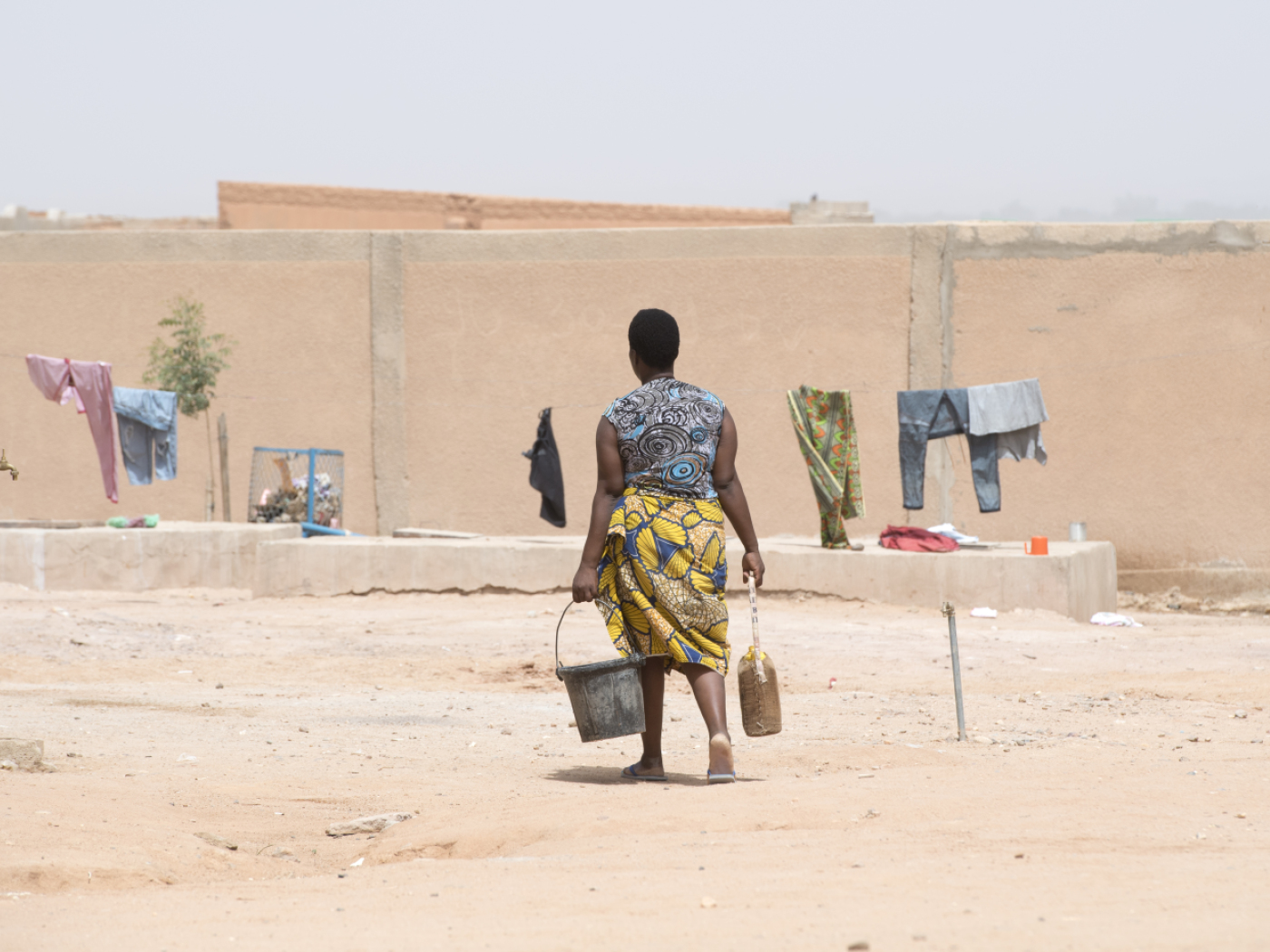




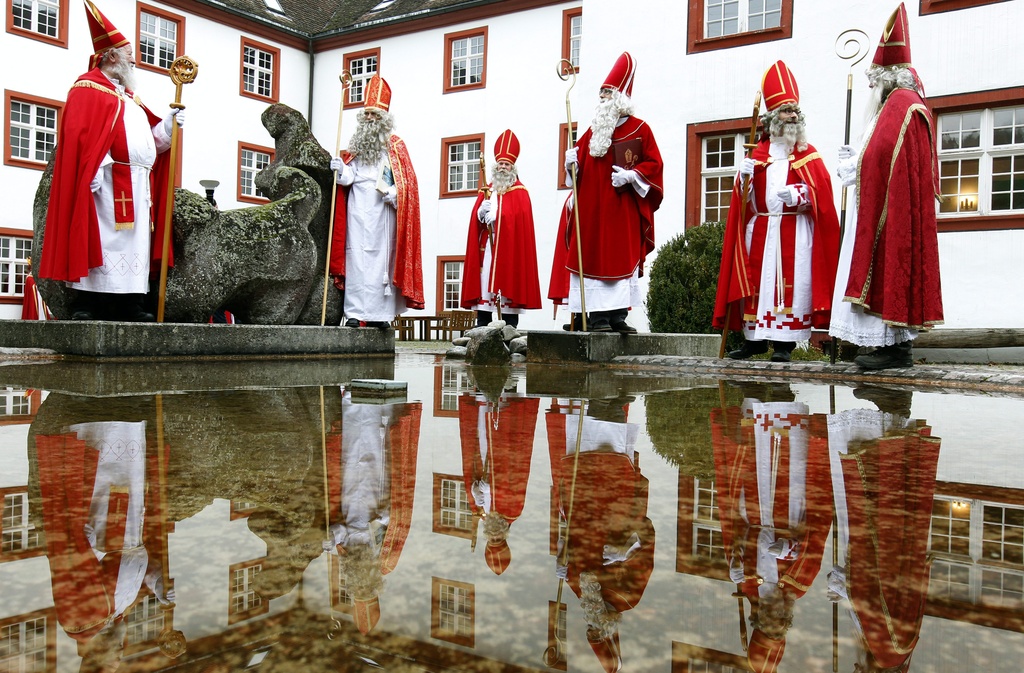
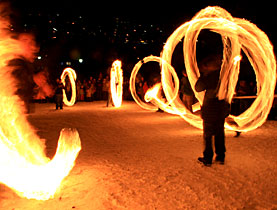
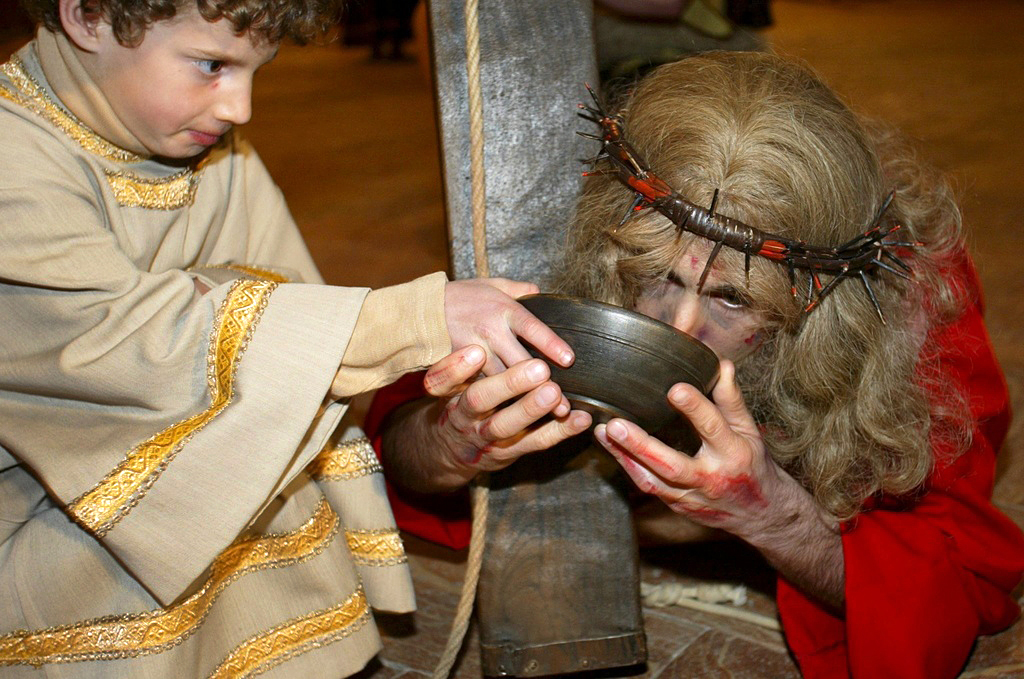

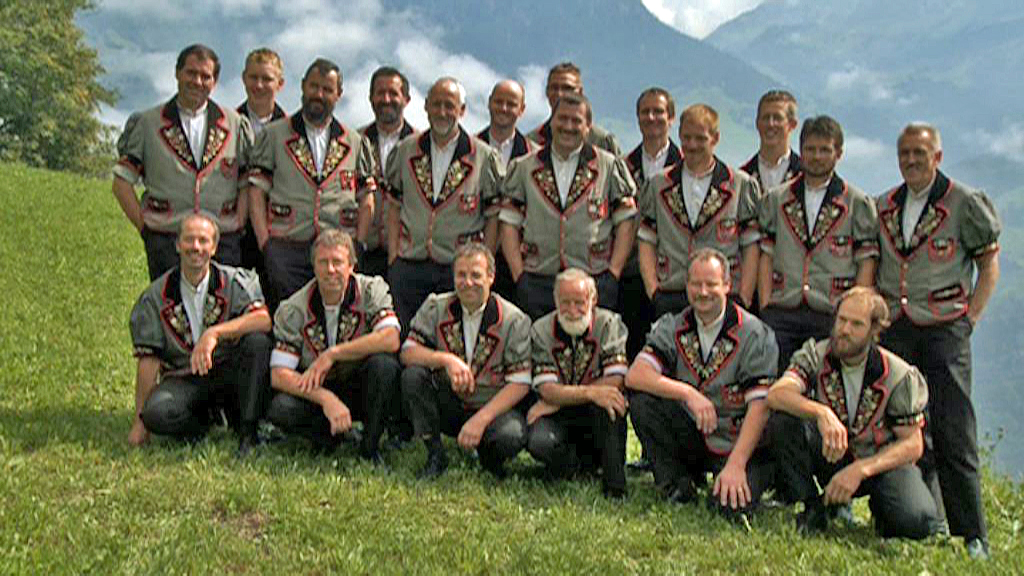

You can find an overview of ongoing debates with our journalists here . Please join us!
If you want to start a conversation about a topic raised in this article or want to report factual errors, email us at english@swissinfo.ch.